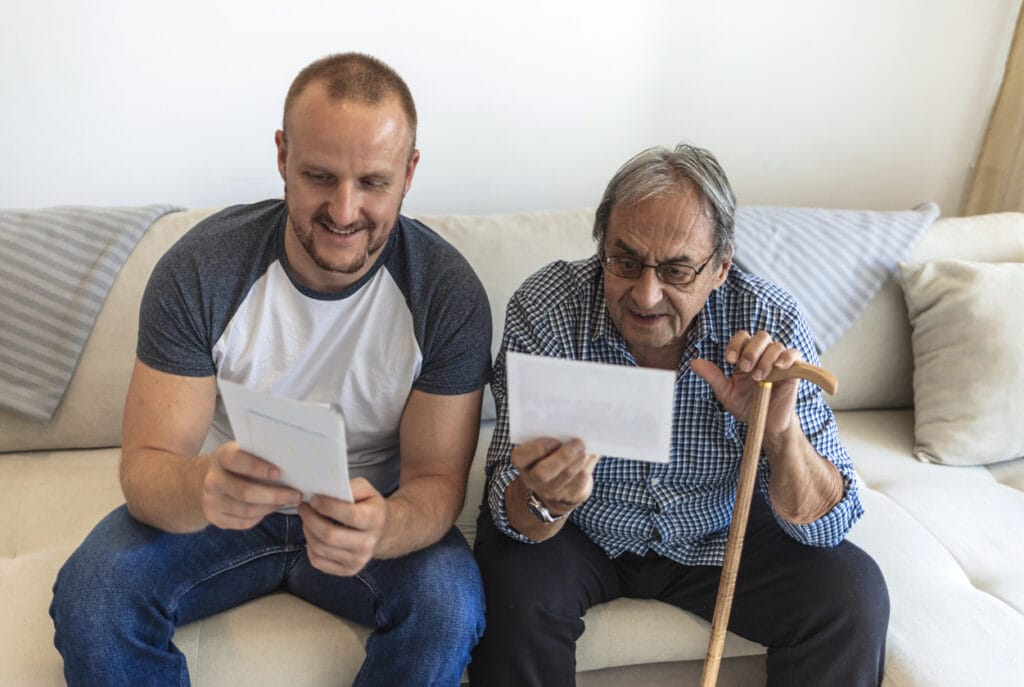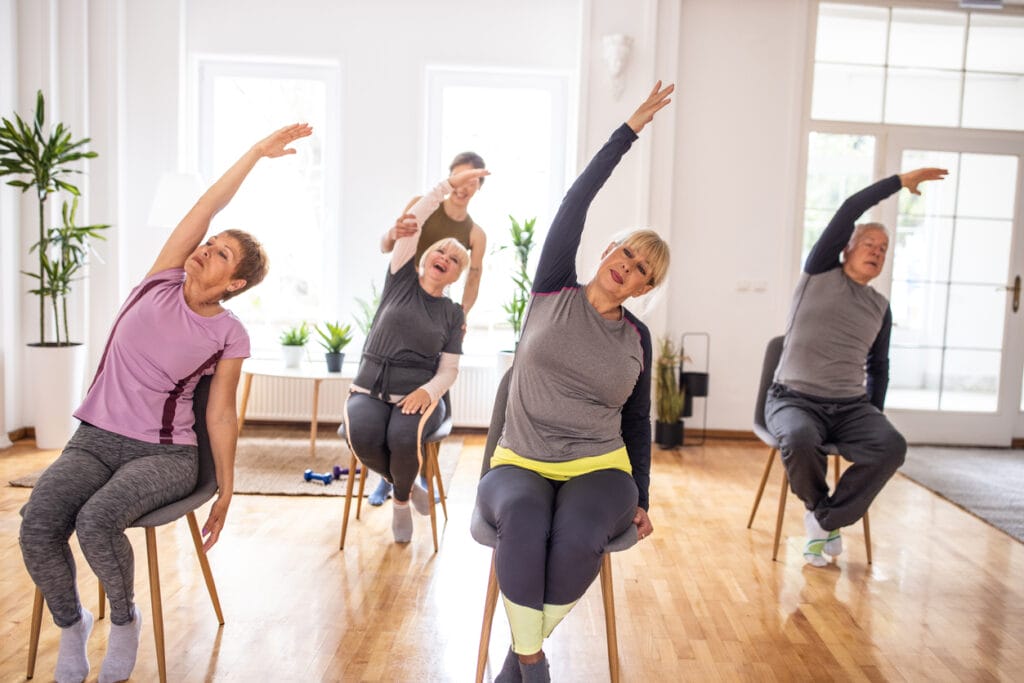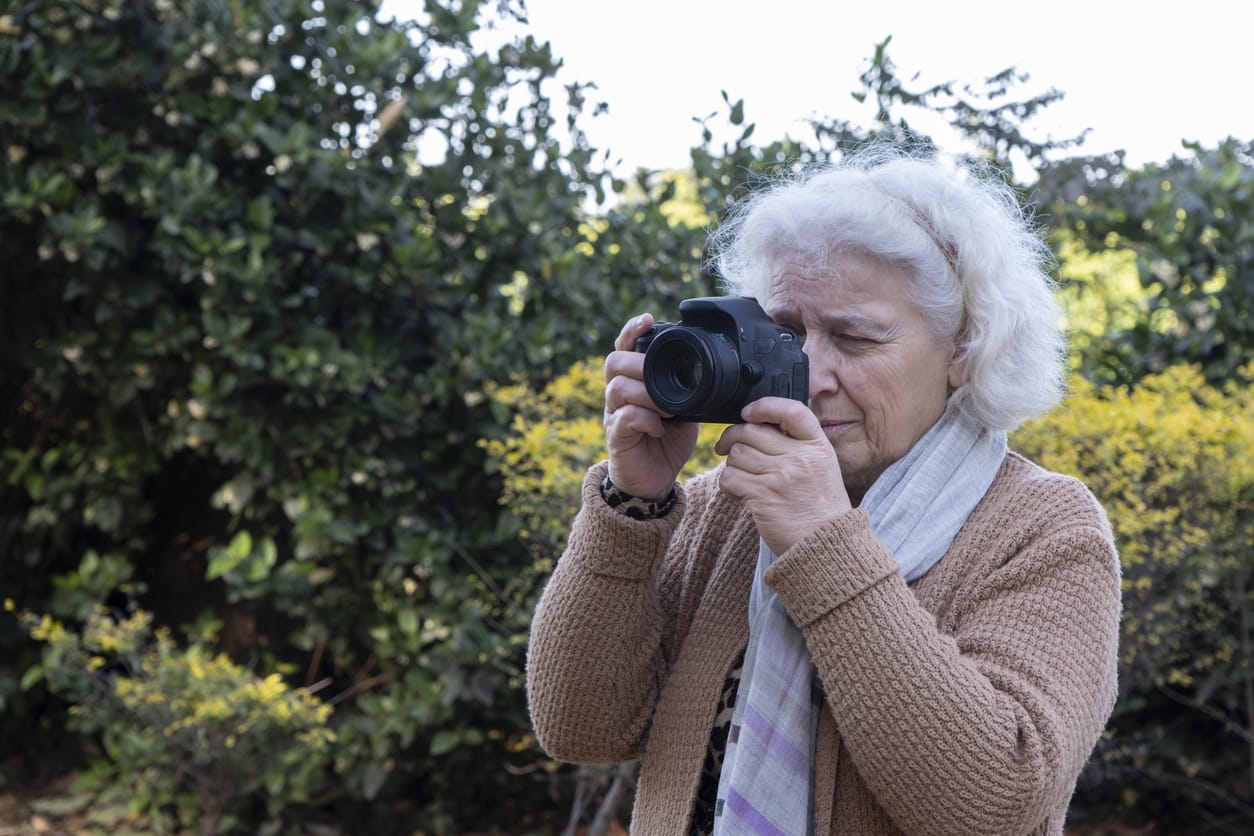As we navigate the intricate terrain of human emotions and well-being, the profound connection between art and mental wellness emerges as an enriching tapestry that merits a closer examination. Art, with its diverse forms and expressions, has long been recognized not only as a mode of communication but as a therapeutic conduit that transcends linguistic, cultural, and generational boundaries. Discover the uplifting power of 'Empowerment Through Art for Seniors.'
“Age is not a barrier to creativity; it is a treasure trove of inspiration. Our stories, our wisdom, our resilience—all this fuels our artistic fire.” - Rita Moreno, Puerto Rican actress, singer, and dancer.
In the golden years, the notion of exploring creative expression takes on a deeper significance. Beyond the stereotypical activities associated with aging, engaging in artistic endeavors becomes a powerful means of empowerment for seniors.
The Therapeutic Benefits of Art for Seniors
Creative expression, in its multifaceted forms, becomes a therapeutic outlet for seniors. The act of creation extends beyond the mere production of art; it becomes a profound channel for self-expression and emotional release.
Research indicates that individuals who actively engage in artistic activities like painting, drawing, and sculpting during both middle and old age are 73% less likely to experience memory and cognitive problems, such as mild cognitive impairment, which may lead to dementia.
Some well-documented advantages of painting for seniors include:
- Enhances mental well-being and mood
- Boosts self-esteem
- Stimulates focus
- Facilitates communication and socialization
- Provides a nonverbal means of expressing feelings
- Improves memory and cognitive function
- Enhances fine motor skills and coordination
- Fosters a sense of accomplishment
- Alleviates stress and anxiety
- Offers sensory stimulation
- Diminishes the perception of pain
For seniors, art therapy becomes a valuable tool in managing pain perception. By shifting mental focus away from discomfort, it goes beyond mere distraction. This approach teaches relaxation techniques and mood adjustment, empowering older individuals to take control of their emotional well-being and ensuring that pain doesn't dictate their overall state of mind. A study published in the journal "Pain Medicine" found that art therapy reduced pain intensity by 23% in older adults with osteoarthritis.
Forms of Artistic Expression Suitable for Seniors
Art, in its various forms, has been shown to have profound positive effects on the physical, emotional, and cognitive well-being of seniors. Engaging in artistic activities, such as painting, drawing, music, and dance, provides a creative outlet that transcends the boundaries of age, offering seniors a means of self-expression and connection.
- Painting and Drawing
Seniors can explore the world of visual expression through mediums such as watercolors, acrylics, and pastels, with the assistance and support of loved ones. Creating canvases becomes an opportunity to encapsulate a lifetime of memories and shared experiences. - Crafts
Engaging in crafts like knitting, crocheting, and quilting offers seniors a tactile and creative outlet. Involving loved ones in these activities enhances the experience, turning each creation into a collaborative effort that weaves warmth and creativity into family bonds. - Photography
Seniors can capture meaningful moments through photography, turning ordinary scenes into lasting memories. Involving loved ones in photo sessions transforms the act into a collaborative effort that freezes shared experiences in frames. - Writing
Expressive writing, be it through creative writing, poetry, or journaling, becomes a reflective and collaborative activity for seniors when done with the support of loved ones. The written journey becomes a shared adventure, documenting stories and dreams together. - Music
Learning to play an instrument or harmonizing voices in music can be a shared endeavor for seniors and their loved ones. This musical journey becomes a celebration of togetherness, creating a shared symphony that transcends generations. - Dance
Engaging in dance, whether through structured classes or spontaneous moments at home, provides seniors with a joyful and expressive outlet. Including loved ones in these activities turns dance into a shared expression of vitality and familial bonds. - Digital Art
Exploring digital art, including digital painting and graphic design, becomes an accessible and creative pursuit for seniors. With guidance from loved ones, the digital canvas becomes a space for collaborative creations that merge technology and artistry. - Sculpture
Seniors can shape tangible expressions of imagination through sculpture, using materials like clay or wood. The involvement of loved ones in this creative process transforms the activity into a joint endeavor, symbolizing the strength of family bonds.
These artistic pursuits serve as meaningful and engaging activities for seniors, fostering shared experiences and strengthening family connections. The involvement of loved ones enhances the creative journey, creating a legacy of collaborative expression and shared memories.
Integrating Art into Senior Care Step by Step
Integrating art into the care of our cherished seniors goes beyond offering a pleasant pastime; it's a purposeful strategy to enrich the lives of our older loved ones. Recognizing the therapeutic potential of art empowers caregivers, healthcare professionals, and senior living communities to cultivate environments that prioritize the well-being of seniors in a holistic and person-centered manner.
- Assess your loved one's interests and abilities: Start by thoroughly assessing your loved one's individual interests, preferences, and cognitive and physical abilities. Understand the diverse range of artistic activities that may resonate with them, considering factors such as prior experiences, cultural background, and personal preferences.

- Create a specialized art space: Designate a specific area within the your loved one's room for art activities, ensuring it is well-lit, comfortable, and equipped with the necessary materials. Take into account the accessibility of the space to accommodate seniors with varying levels of mobility.
- Intergenerational programs for connection: Foster connections between seniors and younger generations through intergenerational art programs.
- Document and Showcase Artwork: Create a system to document and showcase your loved one's artwork. Regularly rotate and display artwork in common areas to celebrate their creativity and provide a sense of accomplishment.
- Continuous evaluation and adaptation: Continuously assess the effectiveness of the art programs. Be open to adjusting activities based on individual needs and preferences, ensuring an evolving and responsive approach to integrating art into your loved one's senior care experience.
- Provide a range of art supplies: Ensure a well-stocked supply of diverse art materials suitable for different activities and skill levels. This includes adaptive tools for those with physical limitations, making art accessible to all residents.
Accessibility of Different Art Mediums for Seniors with Varying Physical Abilities
Through adaptive tools and customized programs, the goal is to ensure that the gratifying experience of creative expression remains accessible to everyone.
- Adaptive brushes and tools for painting: Seniors with limited dexterity can benefit from specially designed brushes and tools that are easier to grip. Adaptive brushes, ergonomic palettes, and larger canvases can enhance the painting experience for those with varying physical abilities.
- Tactile materials for sculpture: Sculpture can be made more accessible by incorporating tactile materials such as soft clay or moldable materials that are easier to manipulate. These materials cater to seniors with different levels of strength and mobility.
- Digital art with touchscreens: For seniors with mobility challenges, digital art on touchscreens offers a user-friendly alternative. The intuitive nature of touchscreen devices allows individuals to create digital art with simple gestures, making it accessible to those with limited fine motor skills.
- Adaptive printmaking techniques: Printmaking can be adapted for seniors with physical limitations. Techniques such as foam printing or gel plate printing require less physical effort, making them suitable for individuals with reduced strength or mobility.
- Textile arts with adaptive tools: Quilting, embroidery, and knitting can be made more accessible through the use of adaptive tools like larger needles with easy grips or knitting looms. These tools accommodate seniors with arthritis or other hand-related challenges.
- Voice-activated technology for digital art: Seniors with limited hand mobility can explore digital art using voice-activated technology. Voice commands for drawing, coloring, or shaping digital images provide an alternative means of creative expression.
- Seated dance and movement: Dance and movement can be adapted for seniors with mobility issues through seated dance routines. Tailored programs focusing on rhythmic movements and expressive gestures allow individuals to engage in the joy of movement while seated.

- Tactile collage with adaptive cutting tools: Collage-making becomes more accessible with adaptive cutting tools that require minimal hand strength. These tools facilitate the cutting and arrangement of materials, ensuring that seniors with varying physical abilities can participate comfortably.
Wrapping Up the Transformation through Art in Senior Care
Incorporating art into seniors' lives is a transformative journey, fostering well-being and intergenerational connection. Artistic pursuits like painting, crafts, photography, writing, music, dance, digital art, and sculpture offer diverse outlets for self-expression and connection. Integrating art into senior care involves personalized steps: assessing interests, creating dedicated spaces, fostering intergenerational ties, documenting artwork, and continuous adaptation.
Adaptive tools make art accessible to seniors with varying physical abilities, ensuring inclusivity. Through these innovations, art becomes a joyful and empowering activity, honoring the wisdom of age and strengthening familial bonds. Ultimately, the profound connection between art and seniors' well-being transforms their golden years into a canvas of shared experiences and collaborative expression.





